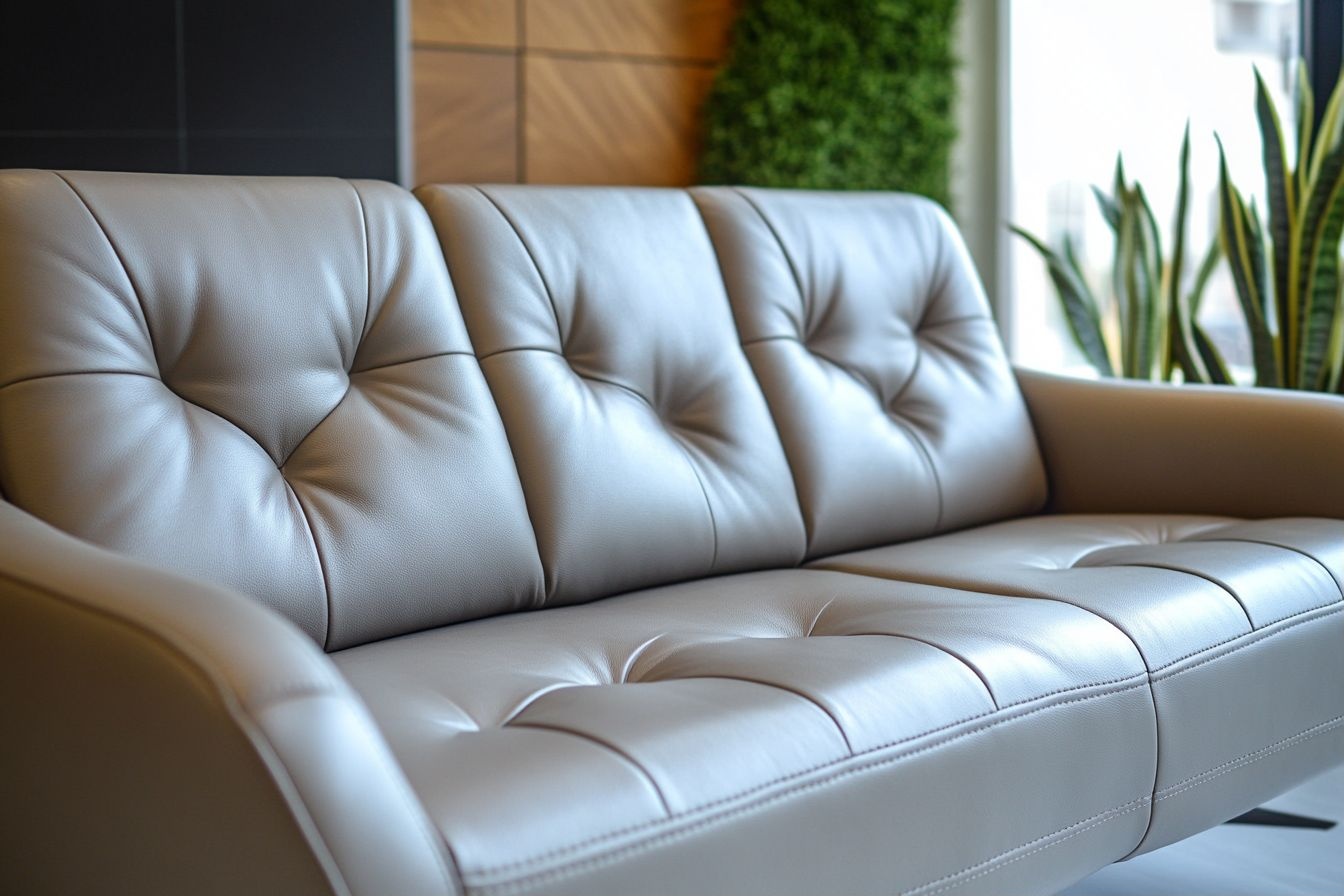Lighting and texture techniques to refresh shared spaces
Refreshing a shared living room relies on thoughtful choices that balance function and feeling. Lighting and textures are two powerful tools: light sets the room’s mood while layered materials add depth and comfort. This article outlines practical techniques to adjust lighting, introduce varied textures, and reorganize layout and storage to improve ambience and usability.

How can lighting shape ambience and layout?
Consider lighting as a way to define the room’s purpose and feel. Combine general overhead illumination with targeted task lights and accent fixtures to create layers. Use dimmers on main fixtures to switch between bright activity mode and softer evening ambience. Position floor or table lamps near seating to support reading and conversation without overrelying on a single ceiling source. Adjust light temperature: warmer bulbs help social comfort, while cooler tones can aid tasks. Think about where shadows fall to avoid making seating or storage areas feel cramped when rearranging the layout.
How to use textures, upholstery, and accessories?
Introduce a mix of textures to add visual interest and tactile variety. A velvet or boucle upholstery on a sofa contrasts well with smoother leather or woven rugs. Add knitted throws, linen cushions, and a variety of accessory finishes—matte ceramics, metallic lamps, and wood surfaces—to prevent a flat look. When selecting fabrics, consider durability and cleanability for shared spaces. Layer accessories in odd-numbered groupings on shelves or coffee tables to create a curated yet relaxed appearance. These tactile contrasts support a welcoming ambience while allowing practical choices for everyday use.
What flooring and color choices influence mood?
Flooring and color provide the foundational backdrop for texture and light to interact. Lighter flooring and wall colors reflect more light, making a room feel open and airy; mid-tone or darker floors ground seating zones and conceal minor wear. Use area rugs to define zones, soften footsteps, and introduce texture underfoot. Consider color accents through cushions, art, or a painted accent wall to give depth without overwhelming the space. Keep a limited palette to maintain cohesion, then layer in varied textures within that palette for interest.
How to optimize sofa placement and zoning?
The sofa often dictates the room’s flow. Place it to face a focal point—such as a window, fireplace, or media wall—or float it to create a conversational zone. Use rugs, lighting, and furniture groupings to create clear zones for lounging, working, and storage. Zoning can be flexible: a console behind a sofa can serve as a discreet work surface or display area, while open shelving can visually separate areas without blocking light. Clear circulation paths help rooms feel organized and larger than they are.
Can storage and layout improve usability?
Smart storage reduces clutter and highlights textures rather than hiding them under mess. Choose storage that complements the room’s materials—wood cabinets for warmth, woven baskets for casual texture, or low-profile cabinets that double as media units. Built-in or modular storage can be tailored to specific needs, while multi-functional furniture (like ottomans with hidden storage) keeps accessories and textiles accessible. Maintain balance between closed storage for tidiness and open shelving to display textiles, books, or decorative accents that reinforce the room’s character.
How do acoustics affect shared spaces?
Acoustics are an often-overlooked texture: sound shapes how comfortable a room feels. Hard surfaces—bare floors, glass, and minimal soft furnishings—can create echoes that undermine relaxed conversation. Introduce textiles such as rugs, upholstered seating, heavy curtains, and wall hangings to absorb sound and improve clarity. Bookshelves filled with books and accessories also help diffuse noise. Positioning rugs and upholstered pieces in primary seating zones reduces footstep noise and contributes to a quieter, more intimate ambience.
The next steps in refining a shared living room are about balance: combining layered lighting, varied materials, and smart layout choices to create a space that feels cohesive and functional. Textures—from upholstery to flooring—work with light and color to build depth, while storage and zoning keep the room usable. Thoughtful attention to acoustics completes the sensory mix, helping shared spaces feel comfortable for gatherings and daily life alike.





